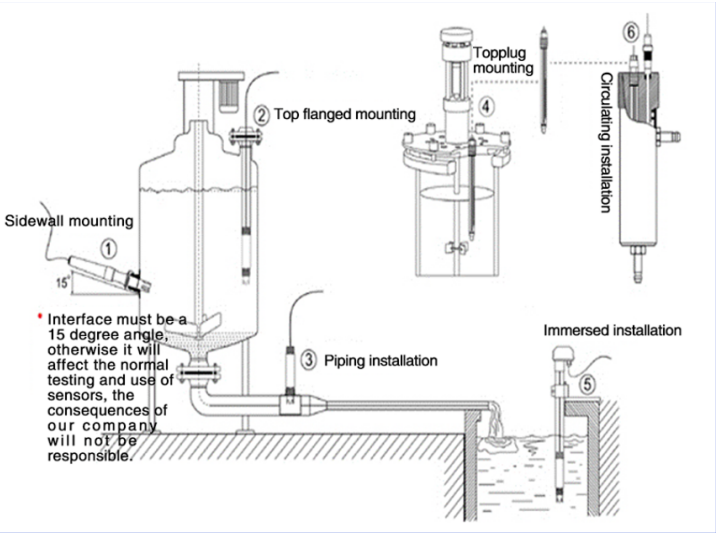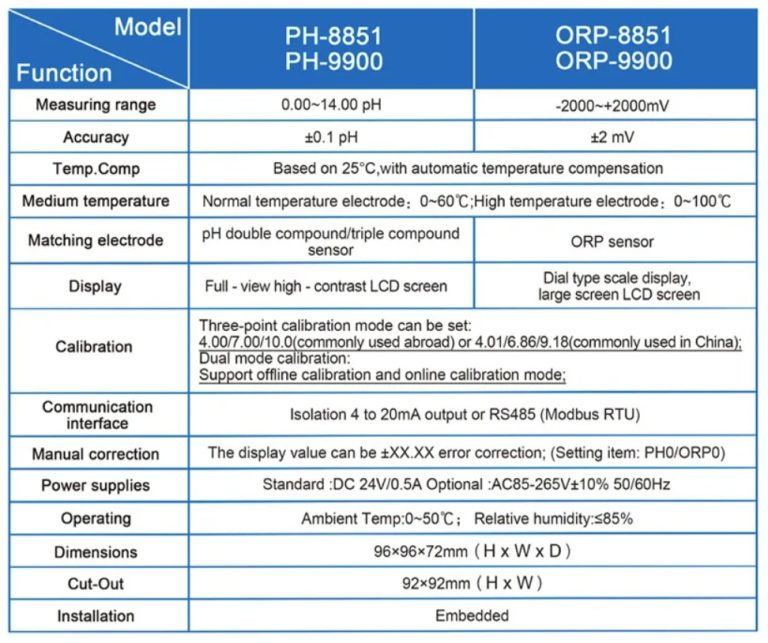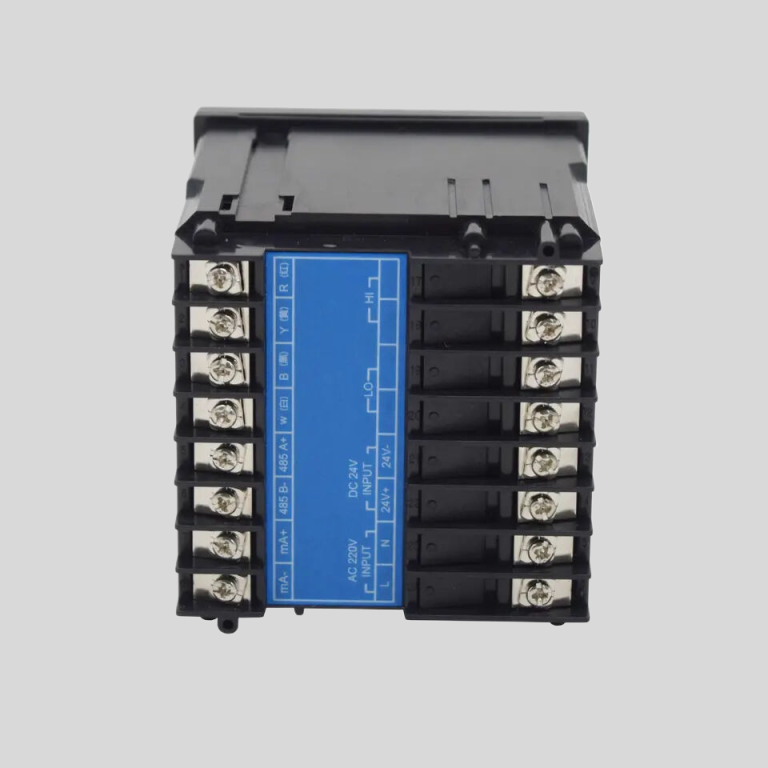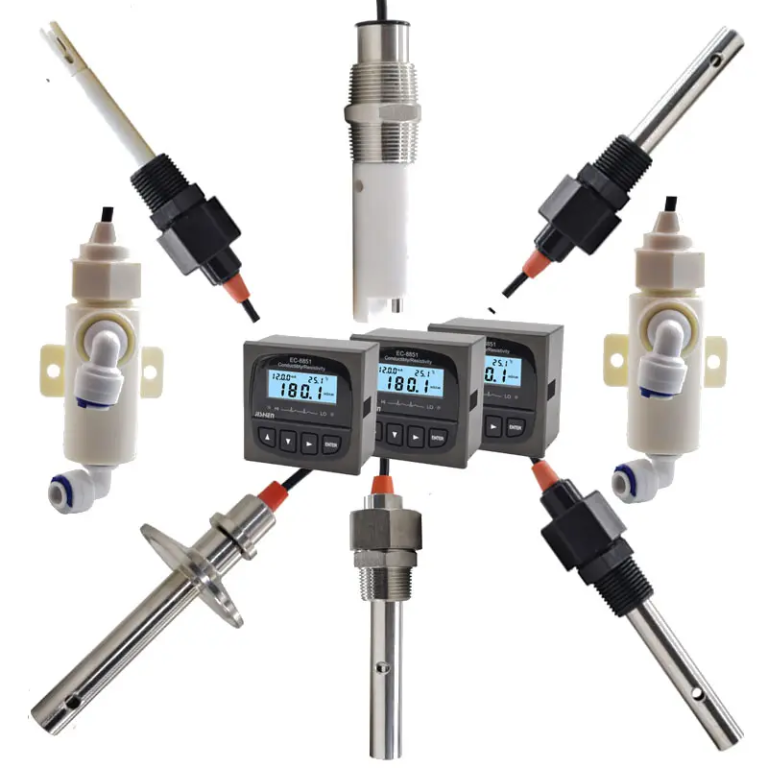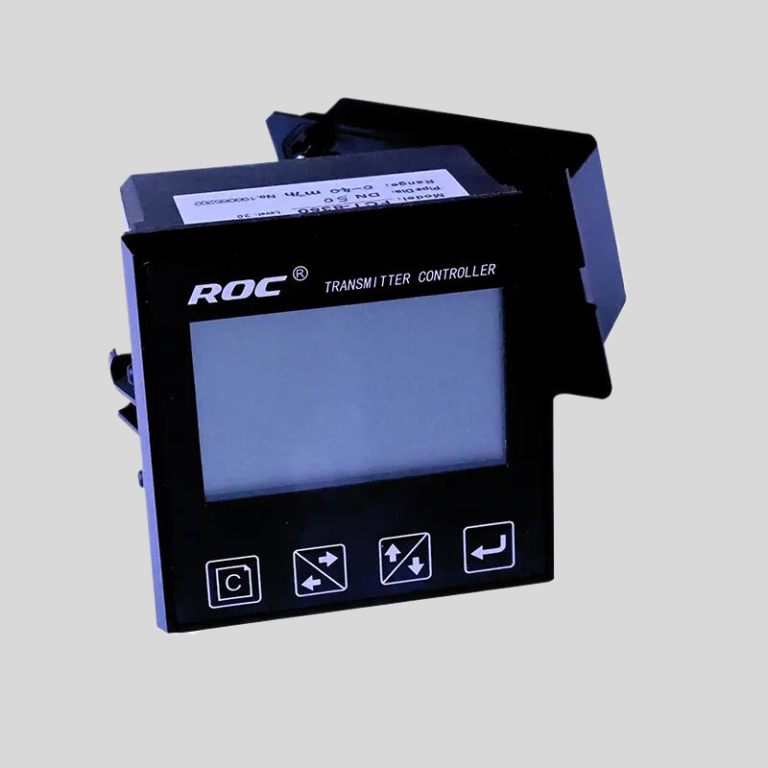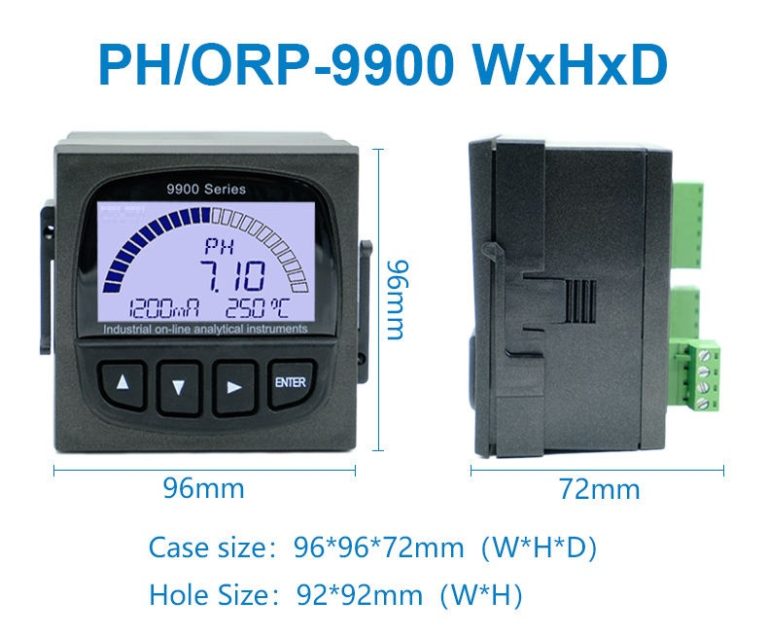Resin: Insulating against electricity.
Table of Contents
Conductivity of Resin: Exploring the Electrical Properties
Resin is a versatile material that is commonly used in a variety of applications, from crafting to industrial manufacturing. One question that often arises when working with resin is whether or not it conducts electricity. The answer to this question is not a simple yes or no, as the conductivity of resin can vary depending on a number of factors.
One of the key factors that determines the conductivity of resin is the type of resin being used. There are many different types of resin available, each with its own unique properties. Some resins are formulated to be electrically conductive, while others are designed to be insulating. Conductive resins typically contain additives such as metal particles or carbon fibers that allow them to conduct electricity. Insulating resins, on the other hand, do not contain these additives and are therefore non-conductive.
Another factor that can affect the conductivity of resin is its moisture content. Moisture can act as a conductor, allowing electricity to flow through the resin more easily. This is why it is important to ensure that resin is properly dried before use in applications where electrical conductivity is a concern.
In addition to the type of resin and its moisture content, the temperature at which the resin is used can also impact its conductivity. Some resins may become more conductive at higher temperatures, while others may become less conductive. It is important to consider the temperature requirements of the resin when determining its suitability for a particular application.
When working with resin in applications where electrical conductivity is a concern, it is important to test the material to determine its conductivity. This can be done using a multimeter or other electrical testing equipment. By measuring the resistance of the resin, it is possible to determine whether or not it is conductive.
In some cases, it may be necessary to enhance the conductivity of resin by adding conductive additives. This can be done by mixing in metal powders, carbon fibers, or other materials that are known to improve conductivity. By carefully selecting the right additives and controlling the mixing process, it is possible to create a resin with the desired electrical properties.
Overall, the conductivity of resin is a complex topic that depends on a variety of factors. While some resins are naturally conductive, others may require additives to enhance their conductivity. By understanding the factors that influence conductivity and testing the material as needed, it is possible to work with resin in a wide range of applications where electrical conductivity is a concern.
Applications of Conductive Resin in Electronics Industry
Resin is a versatile material that has found numerous applications in various industries, including the electronics industry. One of the key questions that often arises is whether resin can conduct electricity. The answer to this question is not a simple yes or no, as it depends on the type of resin and its composition.
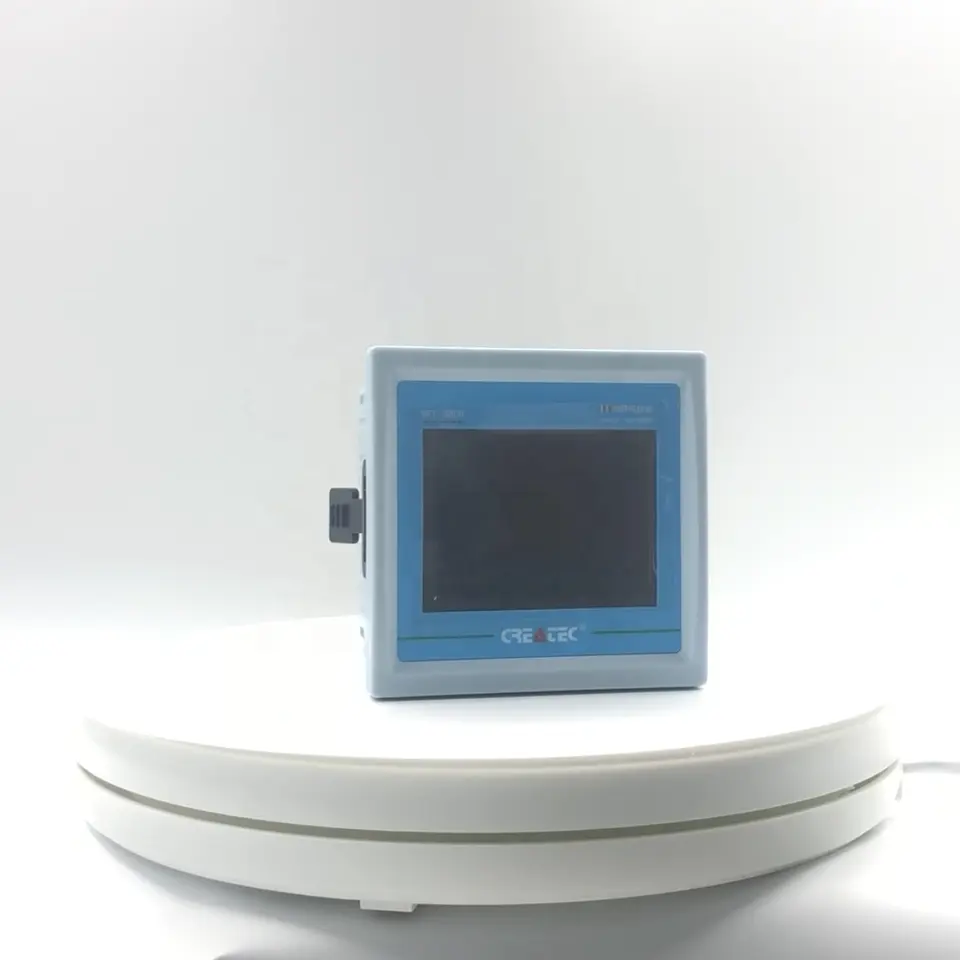
Conductive resin is a specialized type of resin that has been formulated to have electrical conductivity. This conductivity is achieved by incorporating conductive fillers, such as carbon black or metal particles, into the resin matrix. These fillers create a network of pathways through which electrons can flow, allowing the resin to conduct electricity.
| Model | NTU-1800 Online Turbidity Tester |
| Range | 0-10/100/4000NTU or as required |
| Display | LCD |
| Unit | NTU |
| DPI | 0.01 |
| Accuracy | ±5% FS |
| Repeatability | ±1% |
| Power | ≤3W |
| Power Supply | AC 85V-265V±10% 50/60Hz or |
| DC 9~36V/0.5A | |
| Working Environment | Ambient temperature:0~50℃; |
| Relative humidity≤85% | |
| Dimensions | 160*80*135mm(Hanging) or 96*96mm(Embeded) |
| Communication | 4~20mA and RS-485 communication (Modbus RTU) |
| Switched output | Three-way relay,capacity 250VAC/5A |
The use of conductive resin in the electronics industry has opened up new possibilities for the design and manufacture of electronic devices. One of the key advantages of conductive resin is its ability to replace traditional metal components in electronic circuits. This not only reduces the weight and cost of the final product but also allows for more complex and compact designs.
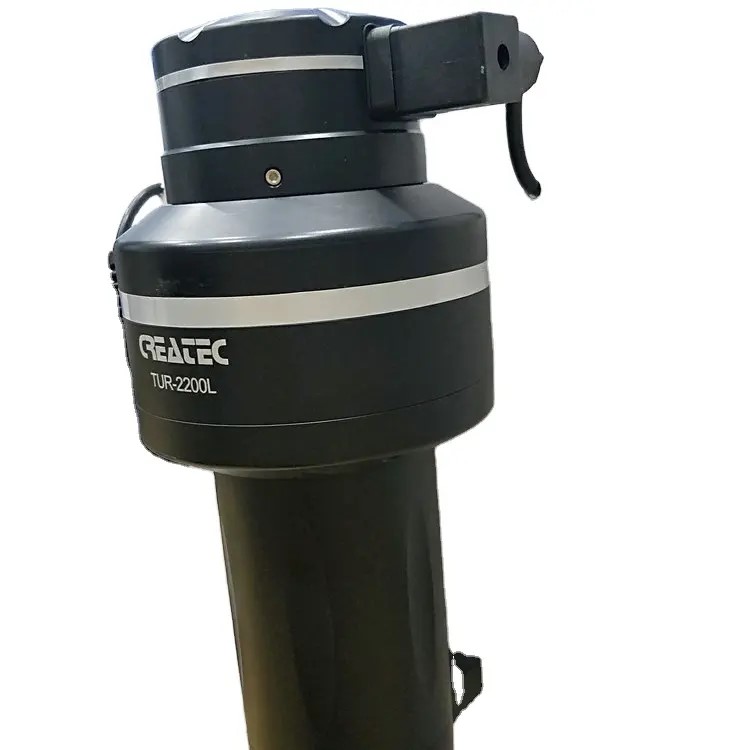
Another important application of conductive resin in the electronics industry is in the production of flexible and stretchable electronics. Traditional rigid circuit boards are limited in their flexibility and are prone to damage when bent or stretched. Conductive resin, on the other hand, can be used to create flexible circuits that can conform to irregular shapes and withstand repeated bending and stretching.
In addition to its use in flexible electronics, conductive resin is also being used in the development of wearable electronics. These devices, which are worn on the body like clothing or accessories, require materials that are lightweight, flexible, and comfortable to wear. Conductive resin meets all of these requirements, making it an ideal choice for the fabrication of wearable electronic devices.
| Model | DO-810/1800 dissolved oxygen meter |
| Range | 0-20.00 mg/L |
| Accuracy | ±0.5% FS |
| Temp. Comp. | 0-60℃ |
| Oper. Temp. | 0~60℃ |
| Sensor | dissolved oxygen sensor |
| Display | Segment code operation/128*64 LCD Screen(DO-1800) |
| Communication | Optional RS485 |
| Output | 4-20mA output High/Low limit double relay control |
| Power | AC 220V±10% 50/60Hz or AC 110V±10% 50/60Hz or DC24V/0.5A |
| Working Environment | Ambient temperature:0~50℃ |
| Relative humidity≤85% | |
| Dimensions | 96×96×100mm(H×W×L) |
| Hole Size | 92×92mm(H×W) |
| Installation Mode | Embedded |
The use of conductive resin in the electronics industry is not without its challenges. One of the main issues is the need to achieve a balance between electrical conductivity and mechanical properties. While increasing the concentration of conductive fillers can improve the conductivity of the resin, it can also make the material more brittle and prone to cracking.
To address this challenge, researchers are exploring new ways to enhance the conductivity of resin while maintaining its mechanical properties. One promising approach is the use of hybrid fillers, which combine different types of conductive materials to achieve a balance between conductivity and flexibility.
Overall, the use of conductive resin in the electronics industry has opened up new possibilities for the design and manufacture of electronic devices. From flexible circuits to wearable electronics, conductive resin is helping to push the boundaries of what is possible in the world of electronics. As researchers continue to explore new materials and manufacturing techniques, we can expect to see even more innovative applications of conductive resin in the future.

